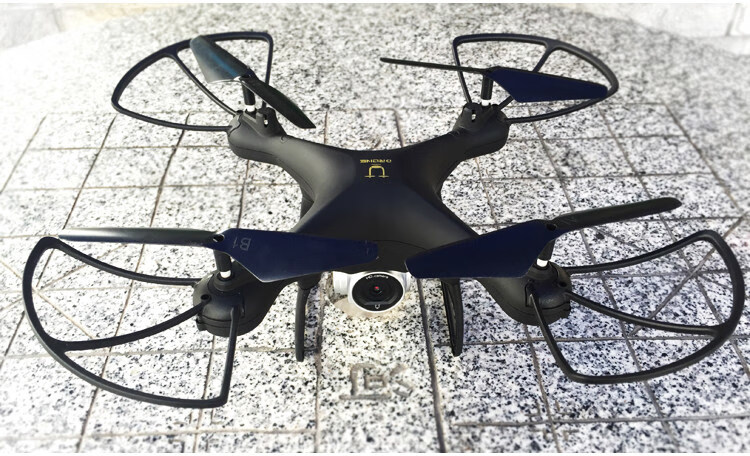
This fall, Nepal will deploy heavy drones to carry waste from the 6,812-meter-high Amadabram Mountain south of Everest. This will be the first commercial operation of an unmanned aerial vehicle at high altitude in Nepal.
The heavy drones, from Chinese drone maker Dji, will take on tasks traditionally handled by Sherpa. Officials believe this will help reduce casualties on Everest.
On the 4th, Saga’s Mata Pollution Control Committee, the town of Kumbubasan Lamu and the air transport technology company signed a tripartite memorandum of understanding, content for the use of advanced UAV technology to effectively manage the local mountain waste. In April, DJI conducted the world’s first drone delivery test on Everest. Tests showed that its heavy-lift uavs could be flown between Camp 1 and base camp on the south slope.
US lawmakers are pushing for a ban on Chinese drones, which Nepalese officials and climbers see as a life-saving tool. Local Sherpa are traditionally responsible for transporting supplies and cleaning up the mountain’s debris. They may have to cross over 30 times a season, carrying supplies such as oxygen tanks, canisters, tents, food and ropes.
On the way to the world’s highest peak, climbers and guides must cross the notoriously dangerous Khumbu Icefall. As temperatures rise during the day, hanging glaciers melt and ice breaks up, increasing the risk of avalanches. Even the experienced Sherpa balks when the sun is shining. “Using drones will help us avoid the danger of Khumbu Icefall,” said Boussard, a local official
The mountains of Khumbu have a series of restrictions on transporting goods. According to local government regulations, climbing operators in high-altitude areas at an altitude of 5,000 meters to 6,000 meters above sea level can not carry more than 20 kilograms, between 6,001 meters to 7,000 meters above sea level can not carry more than 17 kilograms, between 7,001 and 8,000 metres above sea level, the maximum weight is 14 kg, and 12 kg above 8,000 metres above sea level. During the test phase, the drone was able to carry up to 30 kg in camp 1 and down to 18 kg in camp 2.
Boussard said, “There are concerns that machines could lead to fewer jobs. However, our sole aim is to reduce the potential death toll from crossing the Khumbu Icefall. We’re going to train Sherpa because drone operators can’t do their job at a higher camp. In the future, it will all be done by Sherpa.”